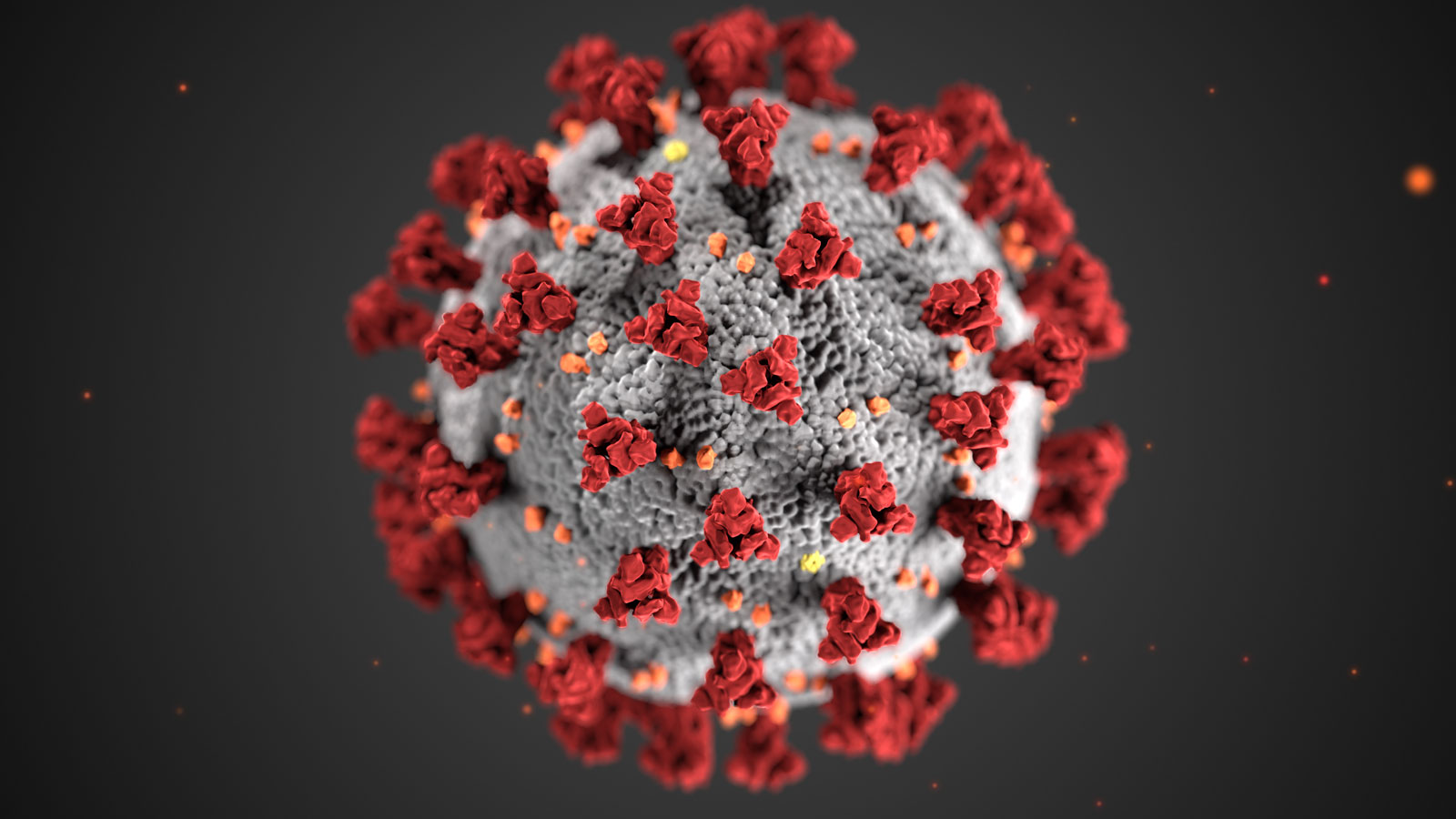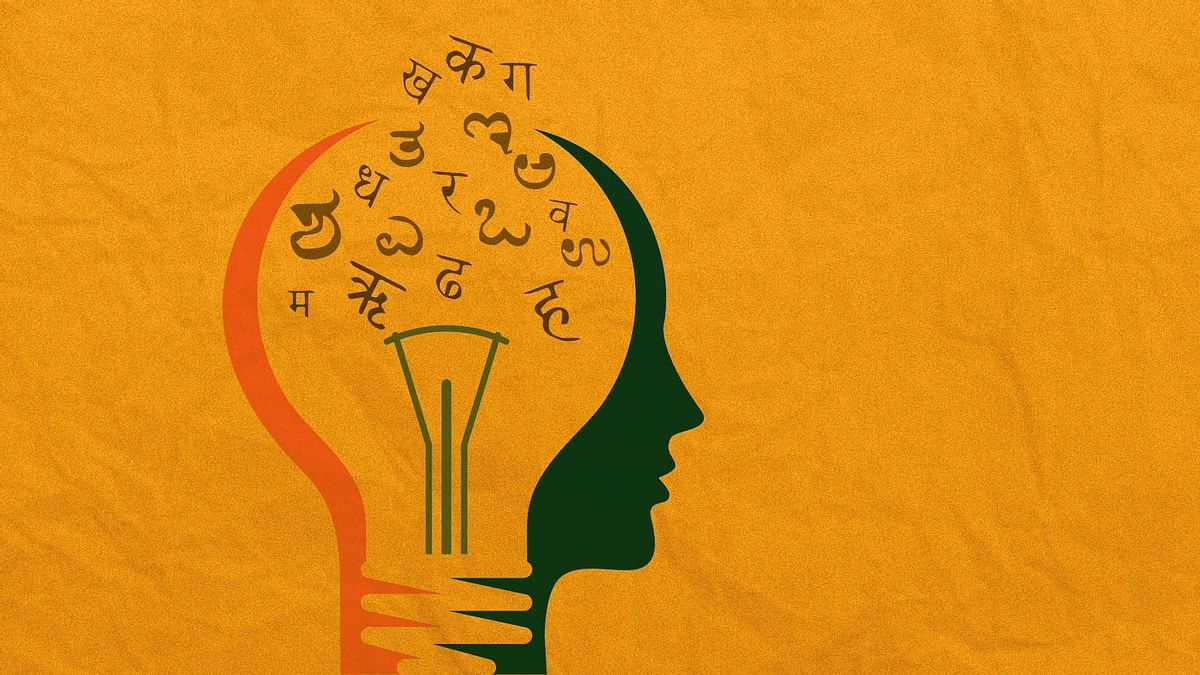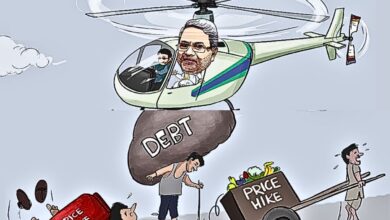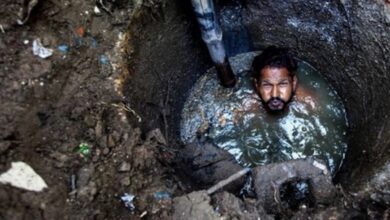How NEP will be Implemented in A Country Devastatingly Hit by COVID-19?
How NEP will be Implemented in A Country Devastatingly Hit by COVID-19?
The central government approved the new education policy on Wednesday. This change has occurred in the country’s education policy after 34 years. This includes changes from primary education to research level. The old pattern of 10+2 has now been replaced by 5+3+3+4 and M.Phil has been removed from the higher education and research level. Even though the education policy of India has changed significantly, but how would the New Education Policy be implemented in the times of COVID-19 is still in question.

Many questions still stand in the way of implementation of this policy. From which session would the policy be implemented. What would happen to those students who have enrolled for the M.Phil course? What would be the criteria for admission of students in the foundational courses? Which classes would be taught by JBT, TGT and PGT teachers since the education structure has been changed.
Till now it is understood that the new education policy in 2020 has been prepared solely based on the draft in 2019. But this is not completely right. The new education policy has also been affected by the Covid-19 pandemic. A new chapter related to online education has been added in the year 2020 because of the ongoing crisis.

There were a total of 23 chapters in the 2019 draft. While the new education policy released on Wednesday has 24 chapters. This is the 24th chapter Online and Digital Education: Ensuring Equitable Use of Technology i.e. ensuring the use of technology for all.
What is in this new chapter?
In the official document of the new education policy issued by the government, this chapter reads: From the epidemic situation, it was found that in addition to traditional methods of education, we also need new options, so it was added.

Member of the draft committee of the new education policy, Dr. RS Kuril says: It was not in the chapter draft. The government has since added this because of the circumstances arising out of the epidemic. However, this change is true given the current circumstances. Its future will also yield good results.
There is a digital divide in the country
With the emphasis on online education, the policy also states that we cannot fully take advantage of online education as long as there is a digital divide in the country. The digital divide simply means that most people do not have the resources available for online education.

This new chapter on online education covers in seven steps. Under which the structure of online education will be created in the country.
- Pilot projects of online education will be launched through NETF, CIET, NIOS, IGNOU, IITs, NITs.
- Digital infrastructure will be created in the country.
- E-learning platforms like SWAYAM, DIKSHA will be made more user friendly than before.
- A large repository of digital content will be created. This includes the development of new course work, learning games, etc.
- Given the digital divide, e-learning content will also be made available through television, radio, and community radio.
- Virtual labs will be created through e-learning platforms like DIKSHA, SWAYAM, and SWAYAMPRABHA. With which students can also do practical and experiments online.
- Teachers will be taught how they can become content creators for online education.




